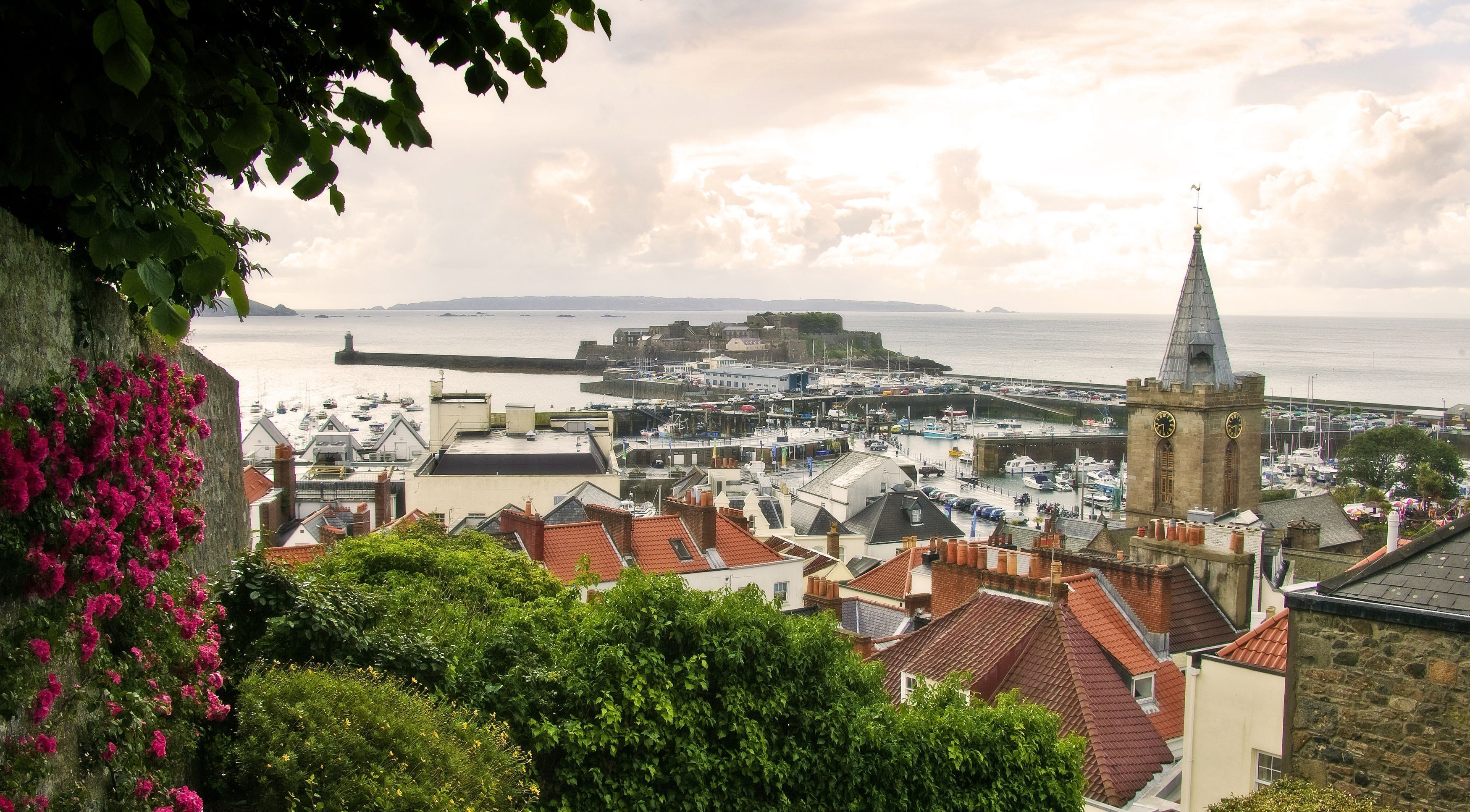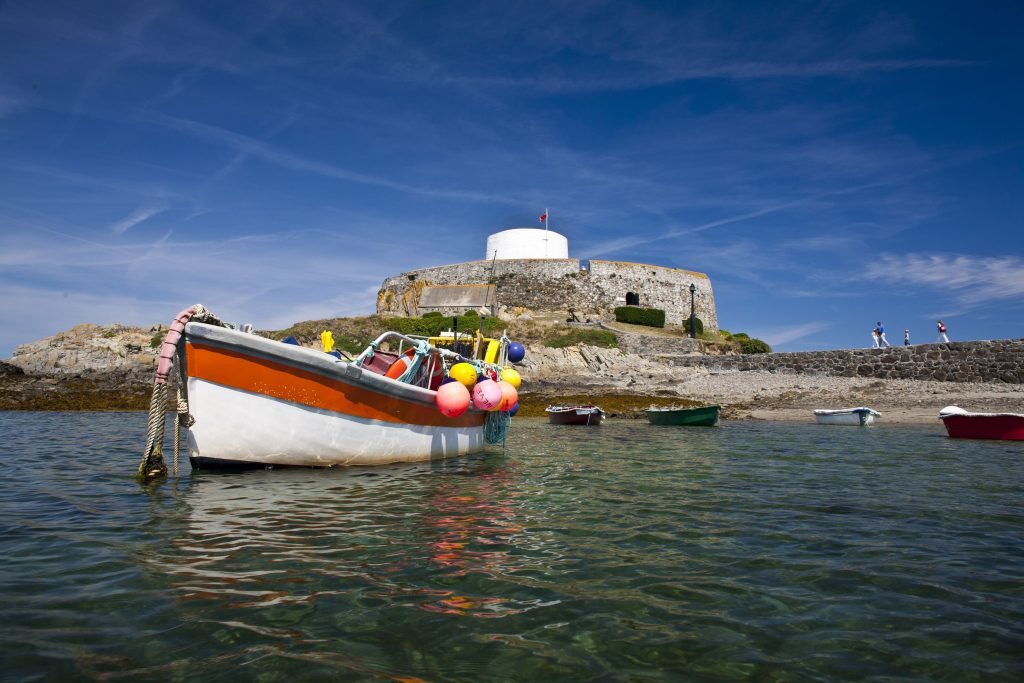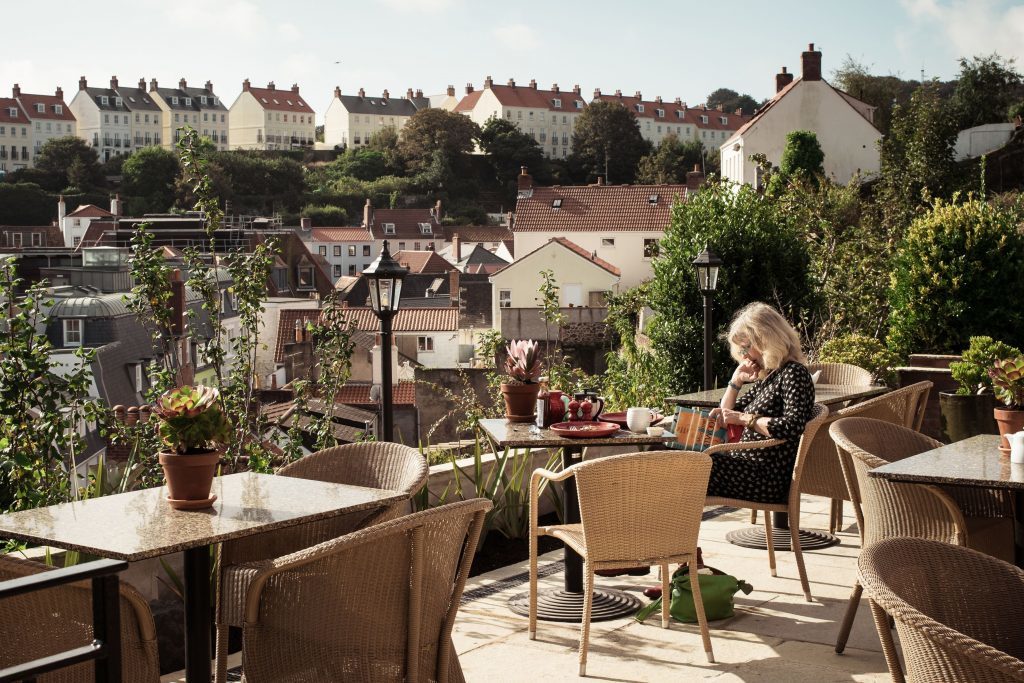
WEARING only a plastic cap and bathing suit for protection against the wind, two swimmers scurry along the cobbled streets of St Peter Port on a bracing spring morning.
They’re heading to one of the town’s three natural bathing pools, flooded with seawater since Victorian times and used 365 days of the year.
Ever Guernsey’s most famous resident, exiled French writer Victor Hugo, was fond of taking a dip in the ocean.
The Les Miserables author enjoyed his 15 years spent living on the island, my guide Elizabeth Gardener-Wheeler tells me, because “it felt French” and, on a clear day, he could even faintly make out the coastline of his beloved homeland.
I retrace one of his favourite walks along the seafront, then climb to the top of Fort Grey, where rooftop access has now been granted to the public, but stormy skies obscure my views.
Now housing The Shipwreck Museum, the Martello tower – also known locally as The Cup and Saucer – was built in 1804 to defend Guernsey’s west coast.
There’s lots more to see and do, too. Whether it’s the rugged south coast cliff paths, the long sweeping bays of the west or uncovering the historic past of the island’s capital, the island has much to offer in its 25 square miles. Castle Cornet, the ancient harbour fortress, is among the must-sees.
After you’ve worked up an appetite, try one of the many fantastic restaurants, bistros and cafes around the island taking part in Tennerfest – three-course meals from as little as £10 – until November 16.
There are lots of other food-and-drink-inspired adventures on the island, too.
I gaze down at Rocquaine Bay, streaked with sticky fronds of bladderwrack washed up by the tide.
Due to a quirky, arcane law passed in the 1800s, it’s not possible to collect seaweed on a Sunday, but I am able to gather other edible items from this coastal larder, on a foraging adventure with Wild Guernsey.
Owners D’Arcy and Tara run trips for small groups by appointment. The humble couple, who also run a glamping campsite and live with their children on a boat moored along Guernsey’s north coast, set up their tours with the aim of helping people reconnect with the land.
We climb into a narrow gully to pick rock samphire sprouting from damp crevices.
The edible wild plant happens to be one of the key ingredients in a gin produced by the team at boutique hotel Bella Luce. Chef-turned-hotelier Luke Wheadon set up his own distillery last year. Stay at Bella Luce, and you can have a bespoke gin made and bottled.
Back in the 16th century, it was cider which was the preferred tipple, although many apple trees have since disappeared. Hoping to revive the tradition, James Meller’s family has been producing cider on their farm in the Fauxquets Valley for 15 years.
Peter and Mandy Girard have great fondness for their grazers, a small herd of rare breed golden Guernsey goats indigenous to the island (I’m told they own 26 of the 1200 left in the world).
Operating since 2000, the farm produces five soft and hard cheeses made from the decadently creamy unpasteurised goats milk. According to Peter, chefs lap up their versatile soft cheese for use in salads and desserts.
It’s not available in the UK, but it keeps for six weeks, so I buy a packet to take home, keeping it fresh in the minibar fridge in my room at new boutique hotel Ziggurat.
Almost predictably, though, the cheese doesn’t even make it to the airport. Instead, I gobble the lot, convincing myself it tastes better when accompanied by my balcony view of the historic harbour.
Or perhaps the secret flavour enhancer is simply the sea air.
l Aurigny (aurigny.com) operates direct one-hour flights to Guernsey from London City, Gatwick and Stansted, from £100 return. Departures from other UK airports also available.

Enjoy the convenience of having The Sunday Post delivered as a digital ePaper straight to your smartphone, tablet or computer.
Subscribe for only £5.49 a month and enjoy all the benefits of the printed paper as a digital replica.
Subscribe

